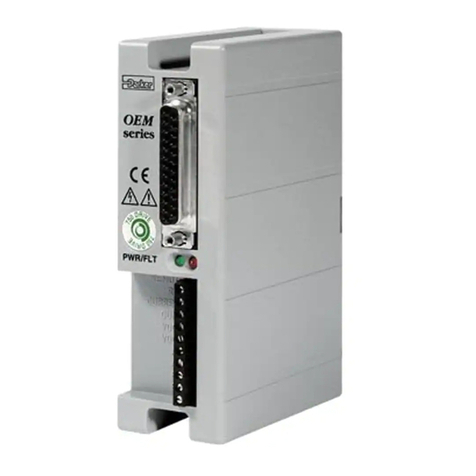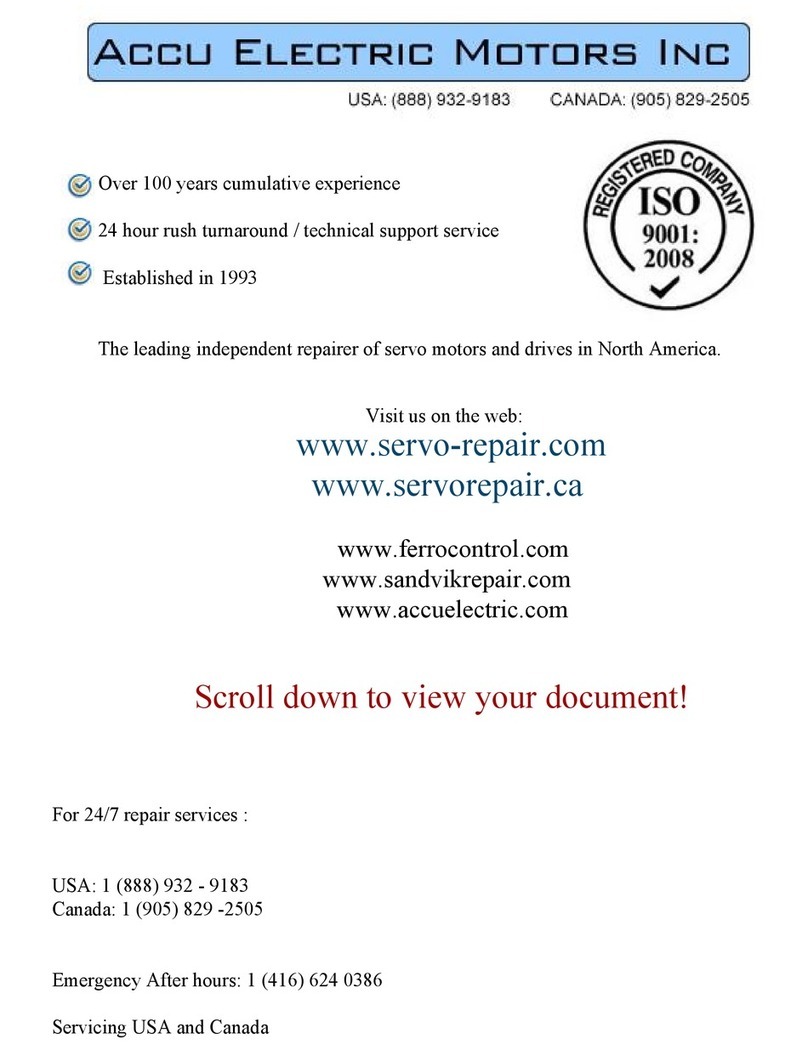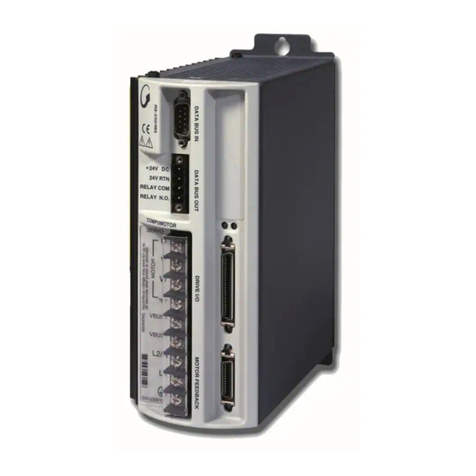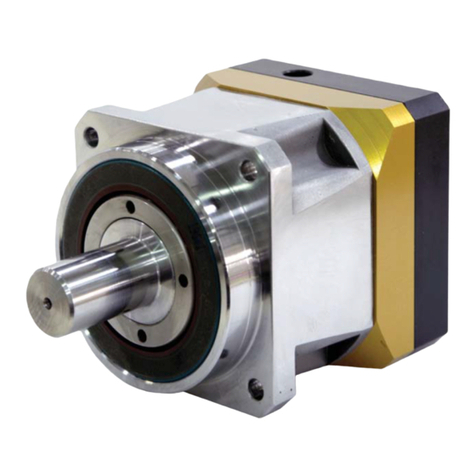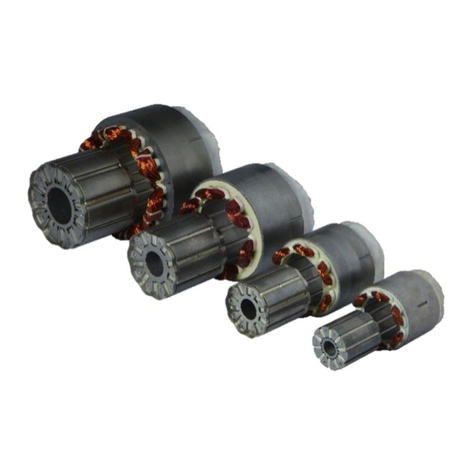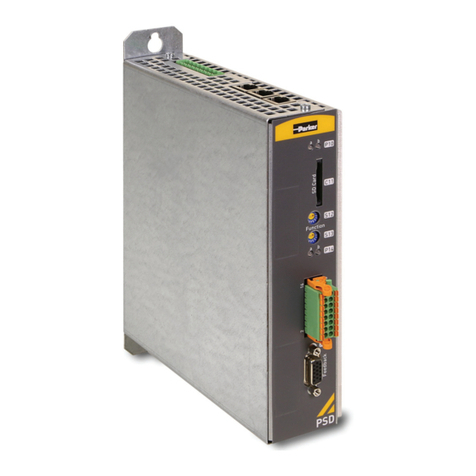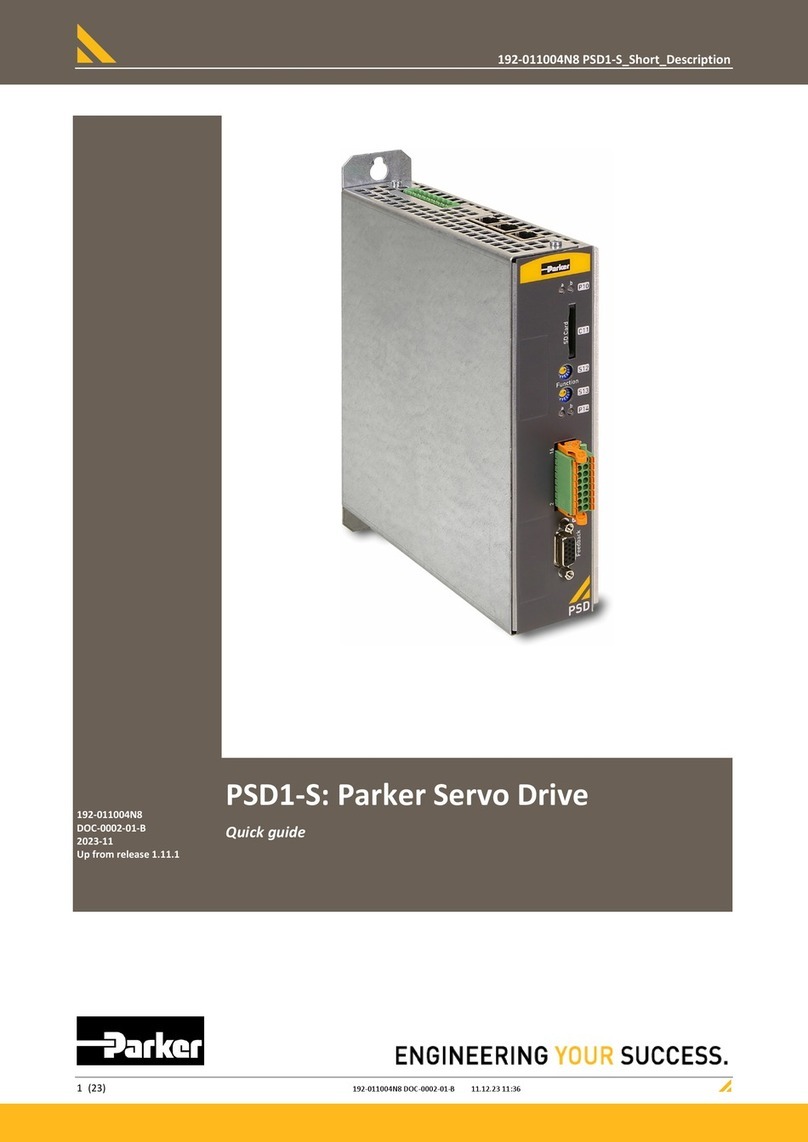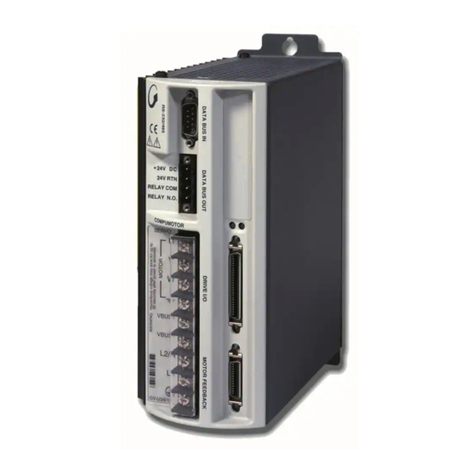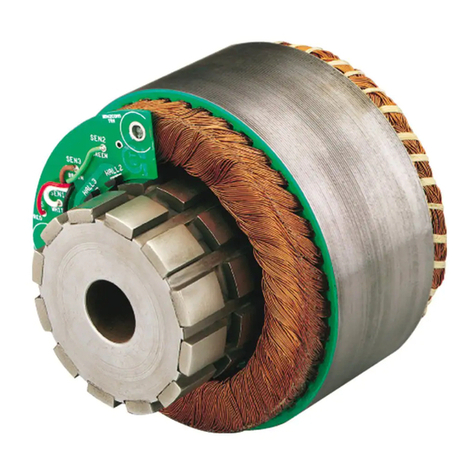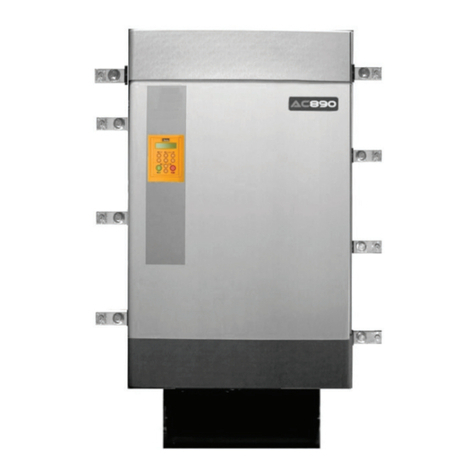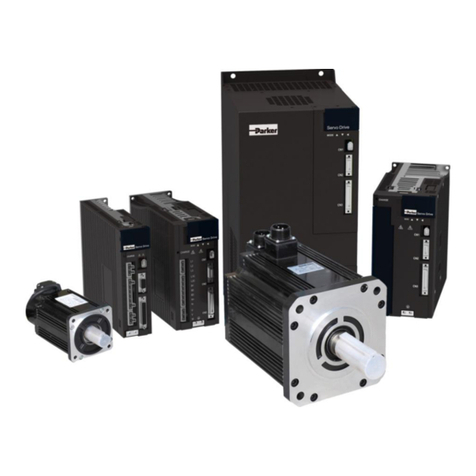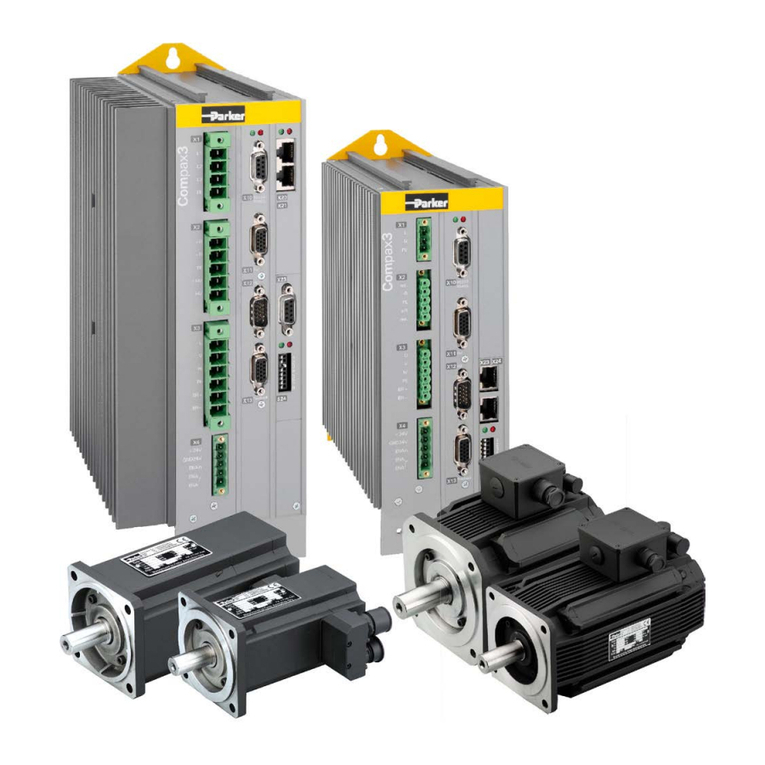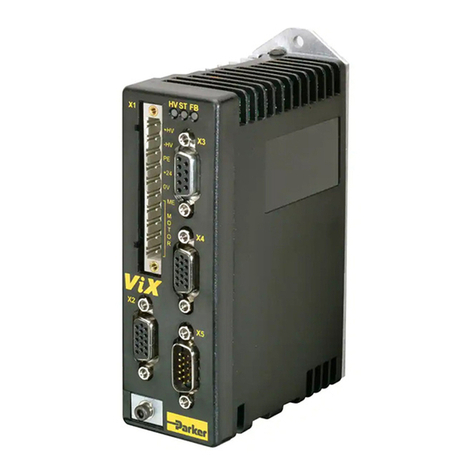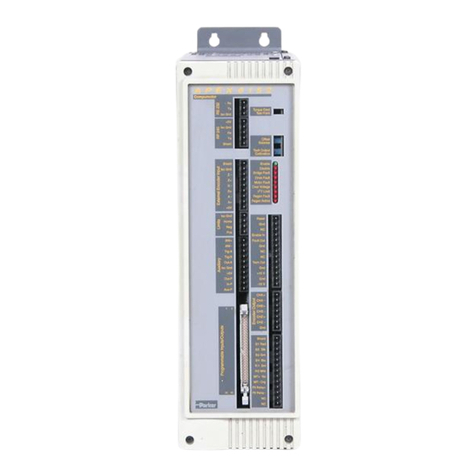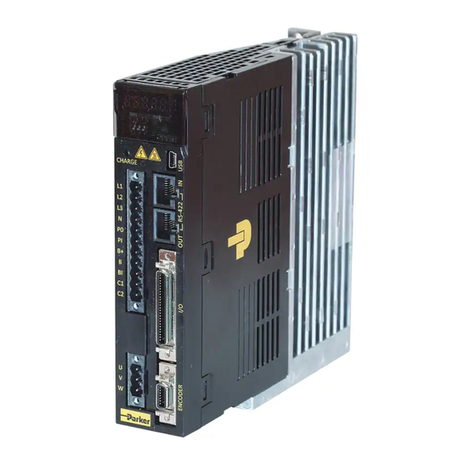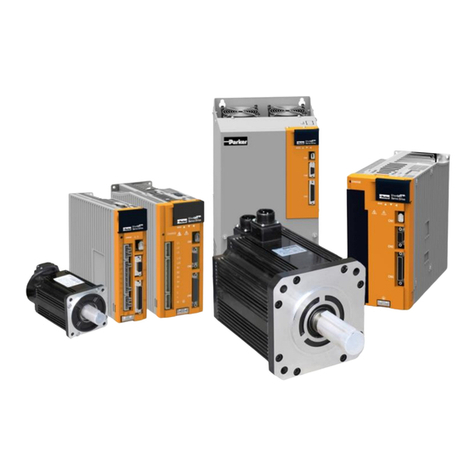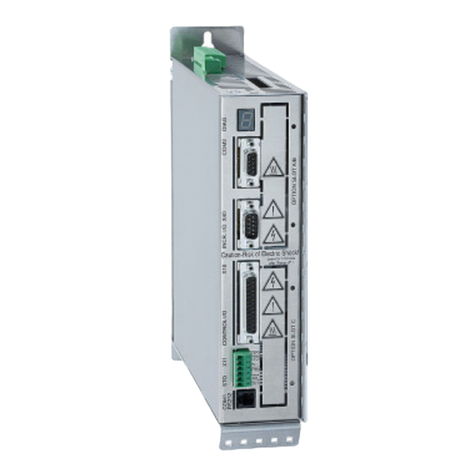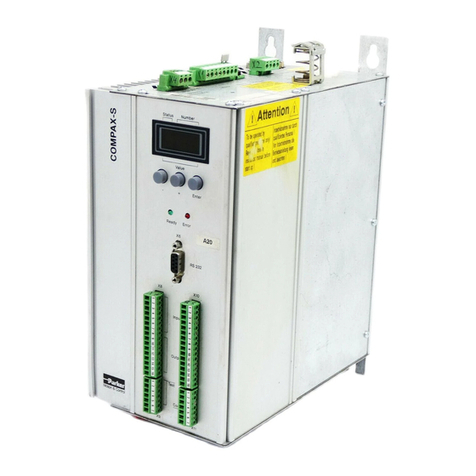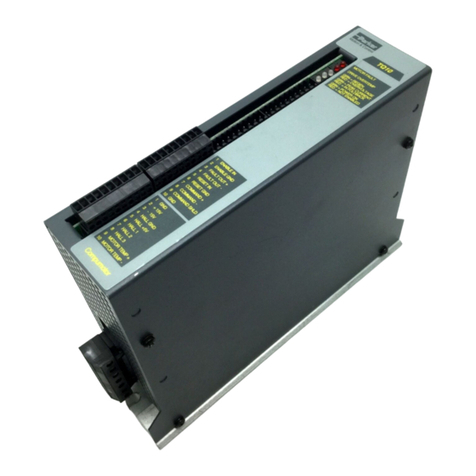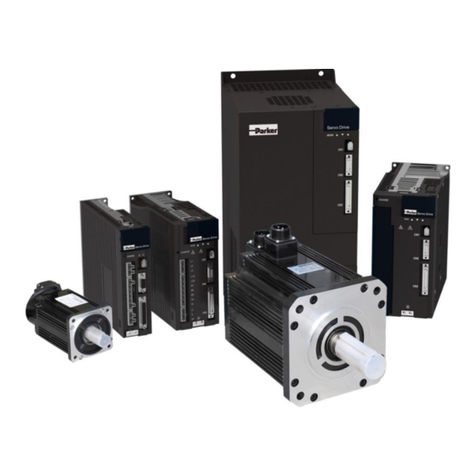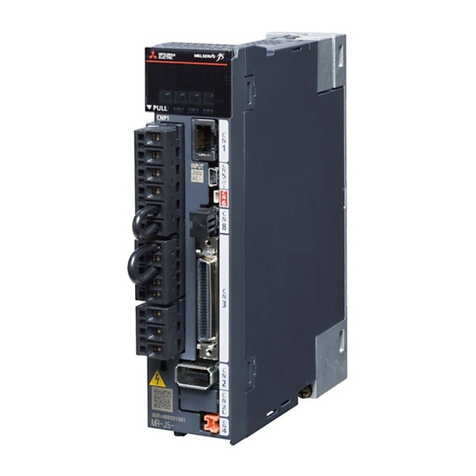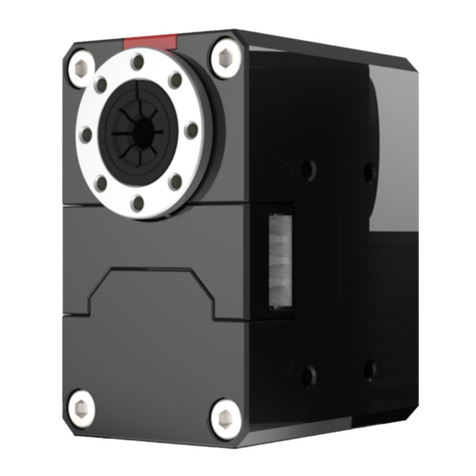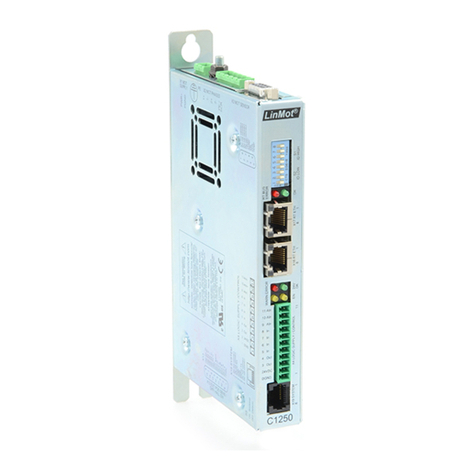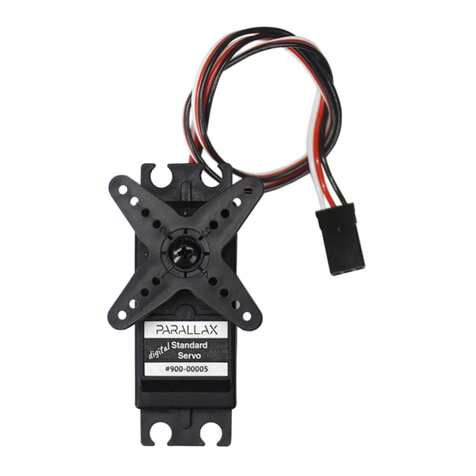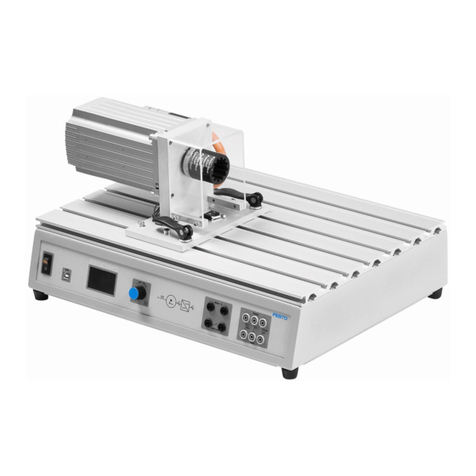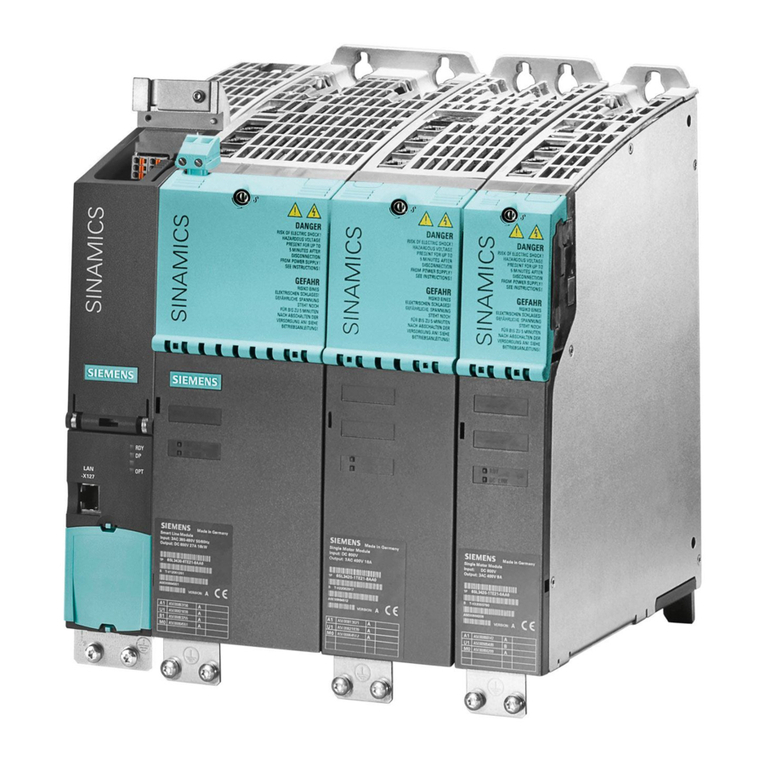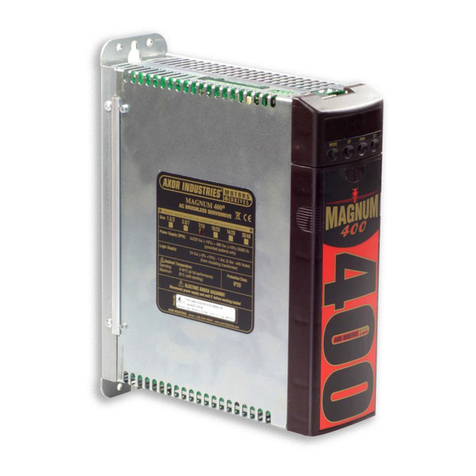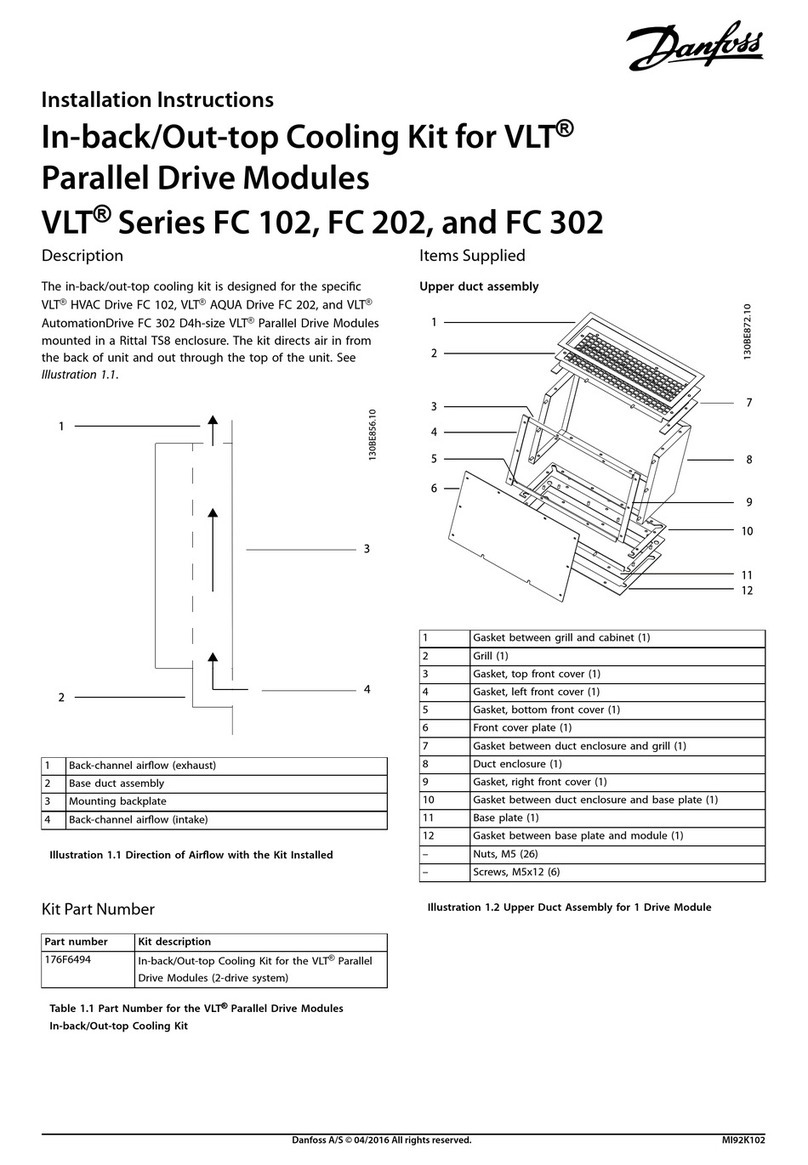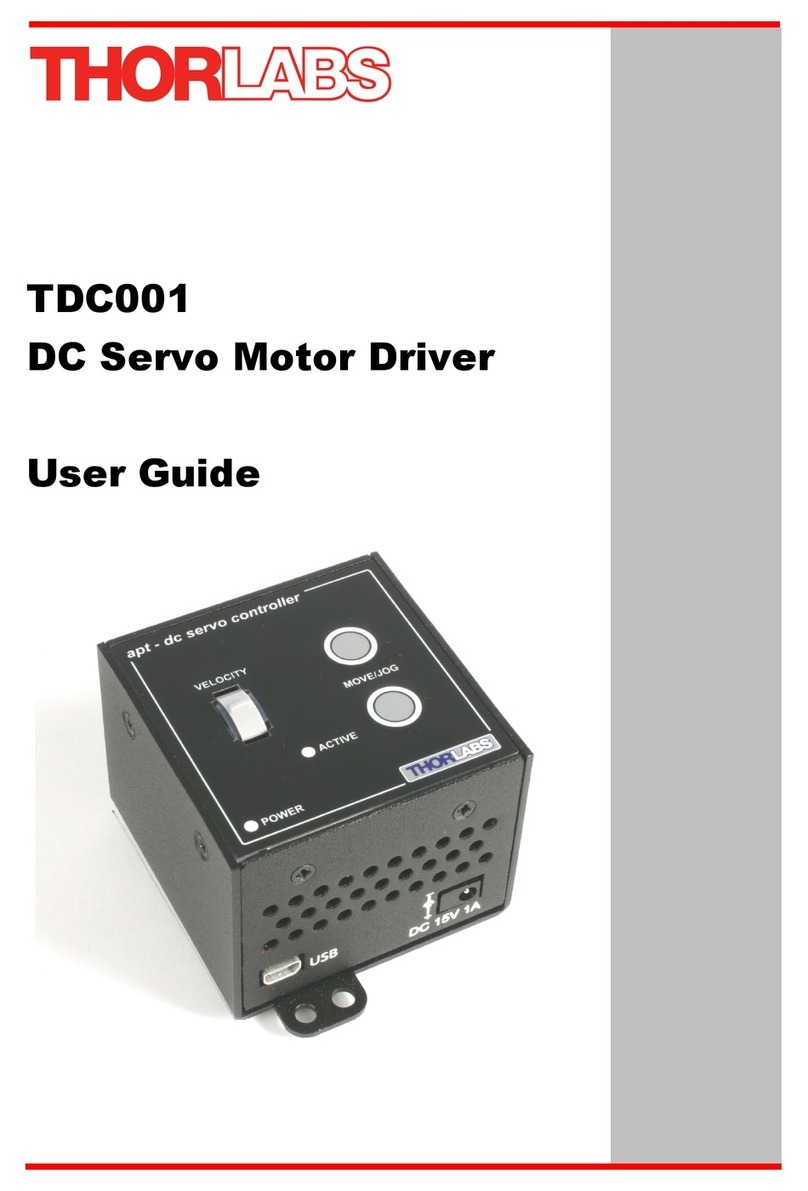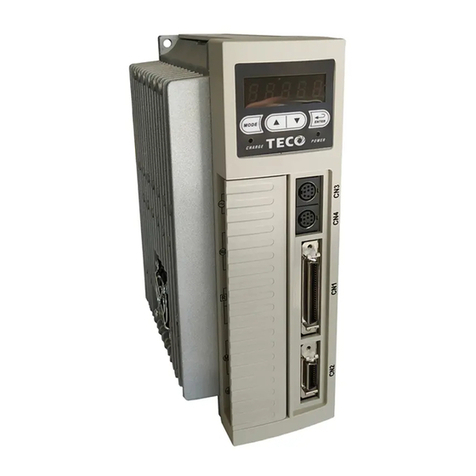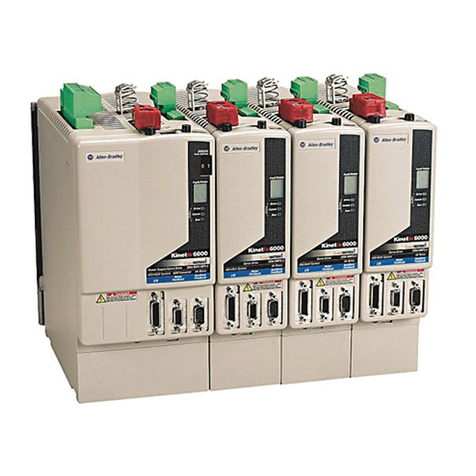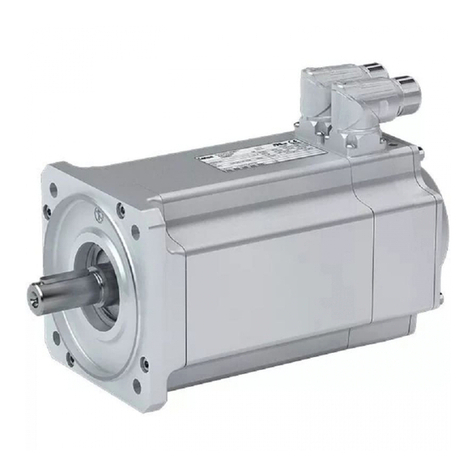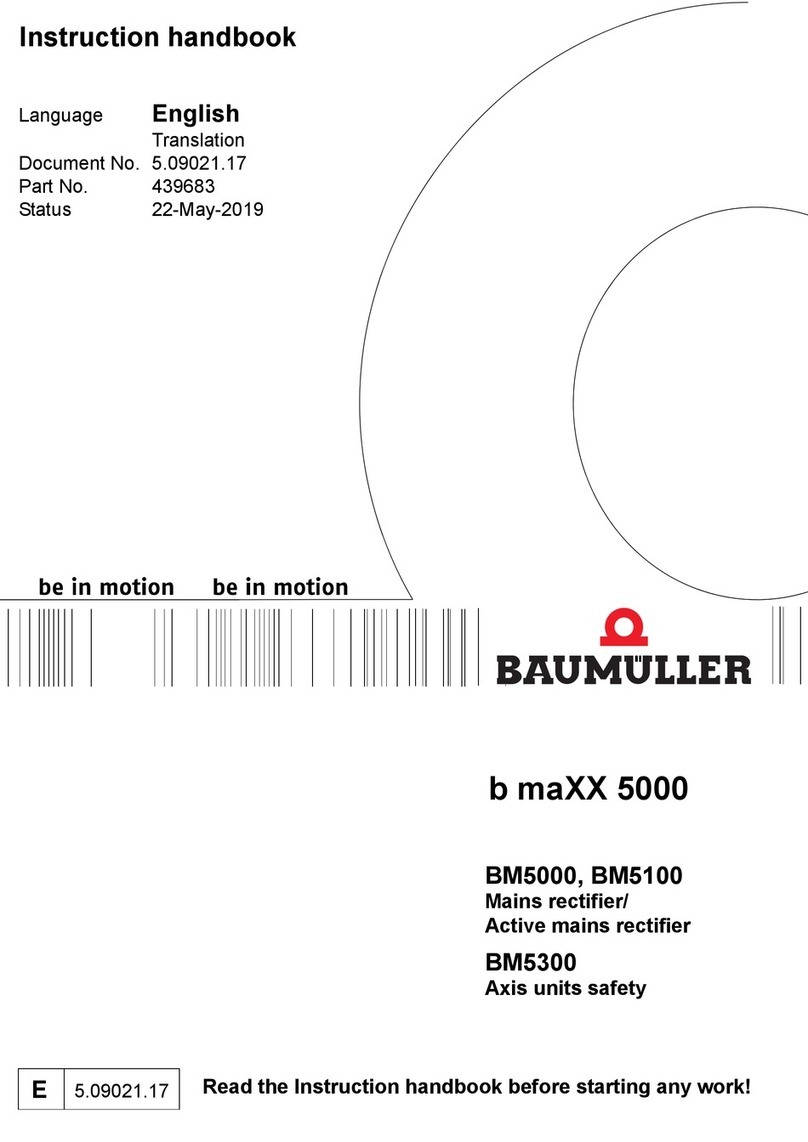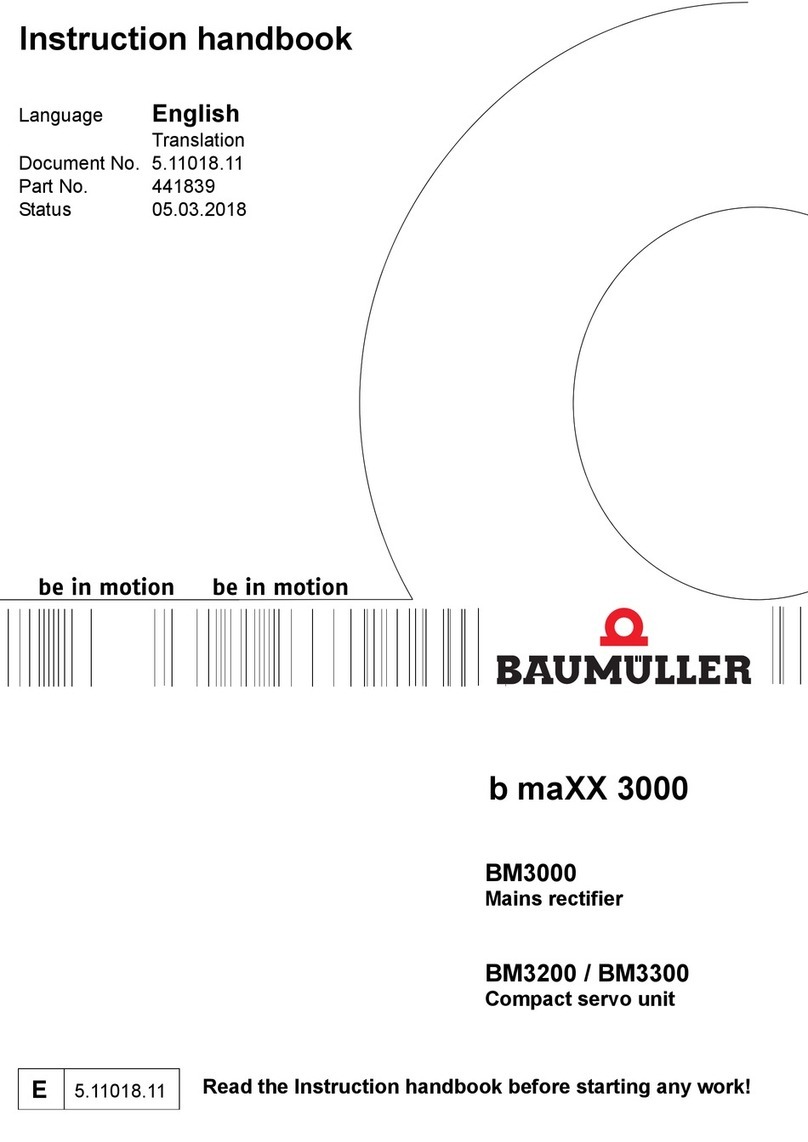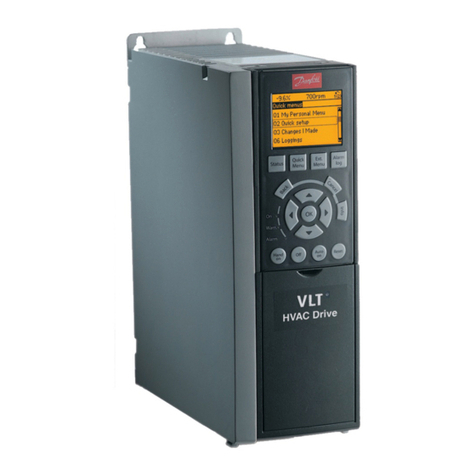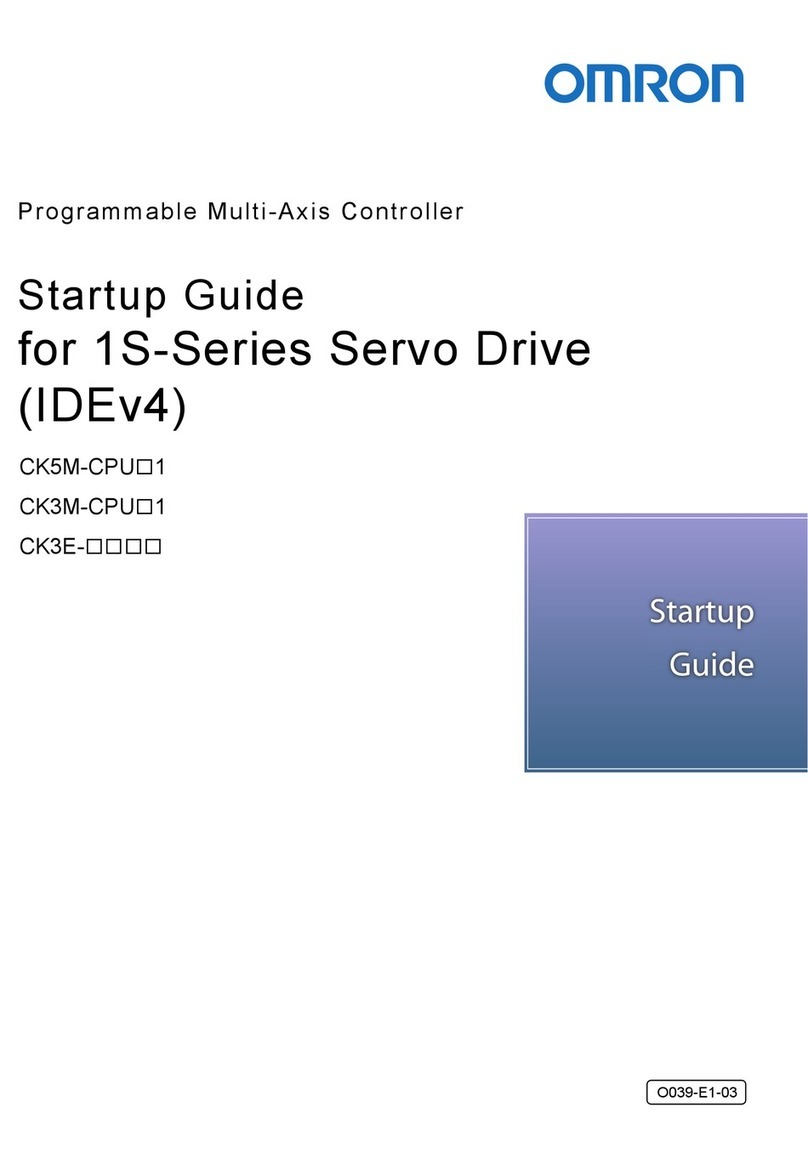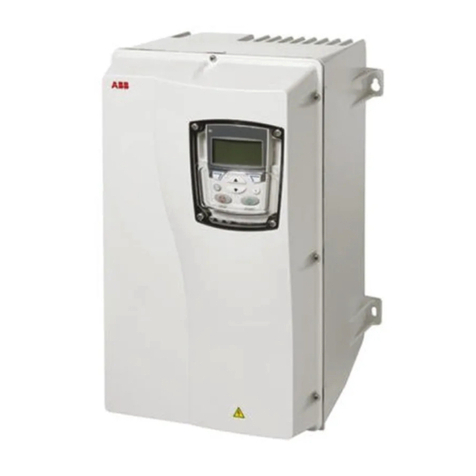
Parker EME Introduction
192-120103 N13 C3I20T11 / C3I32T11 December 2010
3.9.1.2 Mounting and dimensions Compax3S100V2 and S0xxV4................... 71
3.9.1.3Mounting and dimensions Compax3S150V2 and S150V4................... 72
3.9.1.4 Mounting and dimensions Compax3S300V4........................................ 73
3.9.2. Mounting and dimensions PSUP/C3M........................................................... 74
3.9.2.1 Mounting and dimensions PSUP10/C3M050D6, C3M100D6,
C3M150D6............................................................................................ 74
3.9.2.2 Mounting and dimensions PSUP20/PSUP30/C3M300D6.................... 75
3.9.2.3 With upper mounting, the housing design may be different ................. 75
3.9.3. Mounting and dimensions C3H...................................................................... 76
3.9.3.1 Mounting distances, air currents Compax3H050V4 ............................. 77
3.9.3.2 Mounting distances, air currents Compax3H090V4 ............................. 77
3.9.3.3 Mounting distances, air currents Compax3H1xxV4.............................. 78
3.10 Safety function - STO (=safe torque off) .............................................. 79
3.10.1. General Description......................................................................................... 79
3.10.1.1 Important terms and explanations ........................................................ 79
3.10.1.2 Intended use ......................................................................................... 80
3.10.1.3 Advantages of using the "safe torque off" safety function. ................... 80
3.10.1.4 Devices with the STO (=safe torque off) safety function ...................... 81
3.10.2. STO (= safe torque off) with Compax3S........................................................ 82
3.10.2.1 STO Principle (= Safe Torque Off) with Compax3S............................. 82
3.10.2.2 Conditions of utilization STO (=safe torque off) Safety function........... 84
3.10.2.3 Notes on the STO function.................................................................... 84
3.10.2.4 STO application example (= safe torque off)........................................ 86
3.10.2.5 Technical Characteristics STO Compax3S .......................................... 92
3.10.3. STO (= safe torque off) with Compax3m (Option S1)................................... 93
3.10.3.1 Safety switching circuits........................................................................ 93
3.10.3.2 Safety notes for the STO function in the Compax3M ........................... 94
3.10.3.3 Conditions of utilization for the STO function with Compax3M............. 94
3.10.3.4 STO delay times ................................................................................... 95
3.10.3.5 Compax3M STO application description .............................................. 96
3.10.3.6 STO function test .................................................................................. 99
3.10.3.7 Technical details of the Compax3M S1 option ................................... 101
4. Setting up Compax3............................................................................102
4.1 Configuration ....................................................................................... 102
4.1.1. Test commissioning of a Compax3 axis ..................................................... 104
4.1.2. Selection of the supply voltage used.......................................................... 104
4.1.3. Motor selection .............................................................................................. 104
4.1.4. Optimize motor reference point and switching frequency of the
motor current ................................................................................................. 105
4.1.5. Ballast resistor............................................................................................... 108
4.1.6. General drive.................................................................................................. 108
4.1.7. Defining the reference system ..................................................................... 109
4.1.7.1 Measure reference.............................................................................. 109
4.1.7.2 Machine Zero...................................................................................... 112
4.1.7.3 Travel Limit Settings ........................................................................... 129
4.1.7.4 Change assignment direction reversal / limit switches....................... 132
4.1.7.5 Change initiator logic .......................................................................... 132
4.1.8. Defining jerk / ramps ..................................................................................... 133
4.1.8.1 Speed for positioning and velocity control.......................................... 133
4.1.8.2 Acceleration for positioning and velocity control................................. 133
4.1.8.3 Acceleration / deceleration for positioning.......................................... 133
4.1.8.4 Jerk limit for positioning ...................................................................... 133
